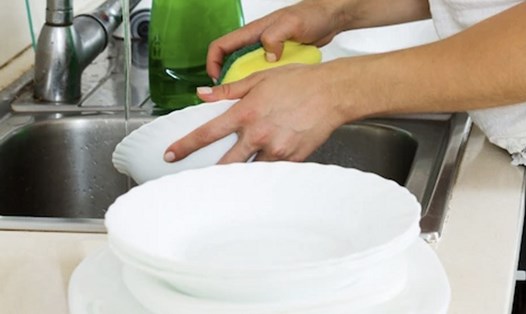Smart home appliances such as TVs, washing machines, security cameras or Wi-Fi-connected air conditioners have become a familiar part of many households. However, few people expect that these utilities are the "gateway" for easy hackers to invade and threaten their privacy.
Security cameras and the most vulnerable device
Security cameras, routes, smart TVs and voice control speakers are the most vulnerable devices. The main reason is that users often do not change the default password, do not update software, and lack understanding of device security.
Among them, low-cost surveillance cameras often have software vulnerabilities, which can be exploited for illegal recording or become internal network attack tools. Once hackers access the camera, they can observe family activities, record, or interrupt other devices.
Router may be a vulnerable weakness
Router is a device that is easy to ignore but plays the role of an indoor data transmission center. If controlled, hackers can track internet activity, steal login information and infect malicious devices with networks.
Many families still use old rooters or have not changed their Wi-Fi passwords for many consecutive years, and this makes it easy for hackers to attack in just a few minutes.
How to protect yourself from smart home appliances
To limit the risk of attack, users need to take some simple but effective measures:
Change the default password: This is the first and mandatory step after installing the device.
Regular firmware updates: Manufacturers often release security patches, users need to check and update periodically.
turn off remote control if not in use: Reduced unauthorized access from the outside.
Use a customer Wi-Fi network for IoT devices (internet-connected devices): Help isolate the device from important bank accounts and emails.
Choose products from reputable brands: Avoid buying devices of unknown origin or that are too cheap compared to the market.










